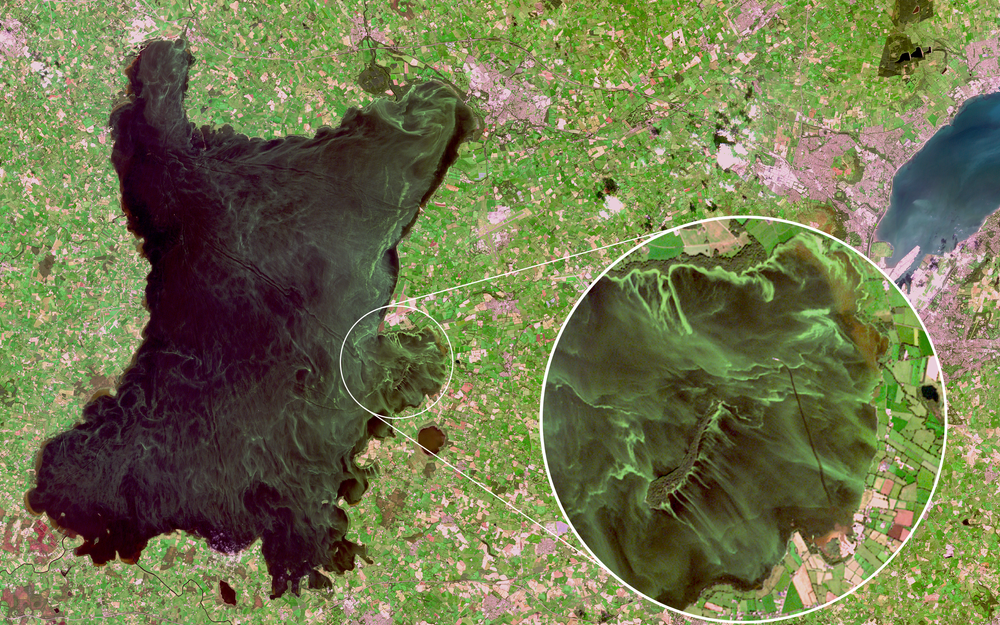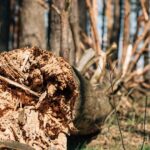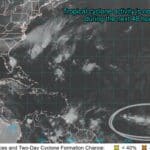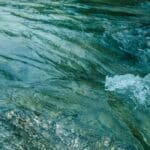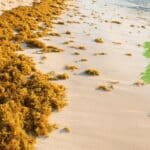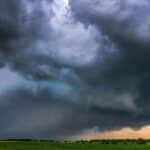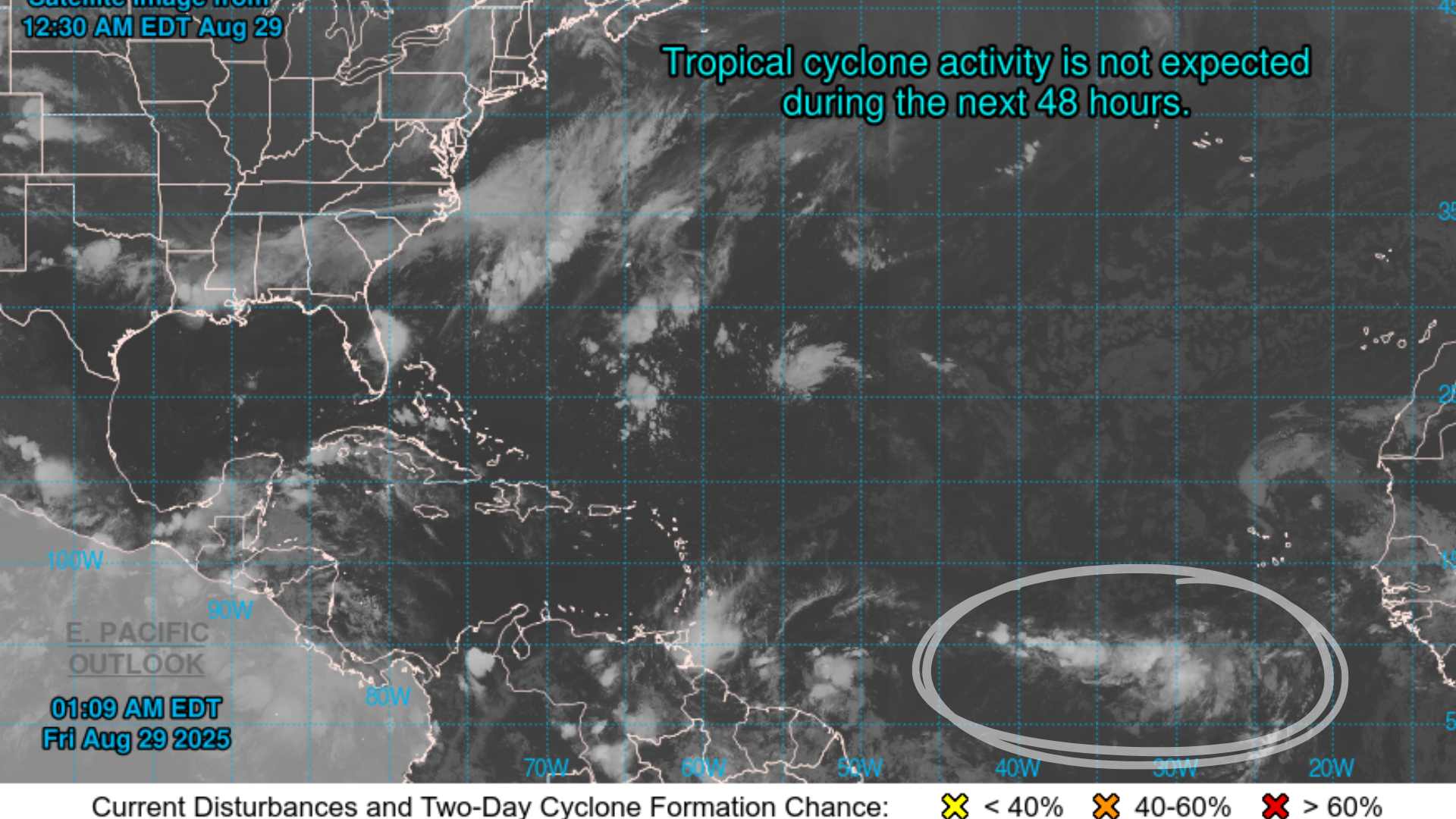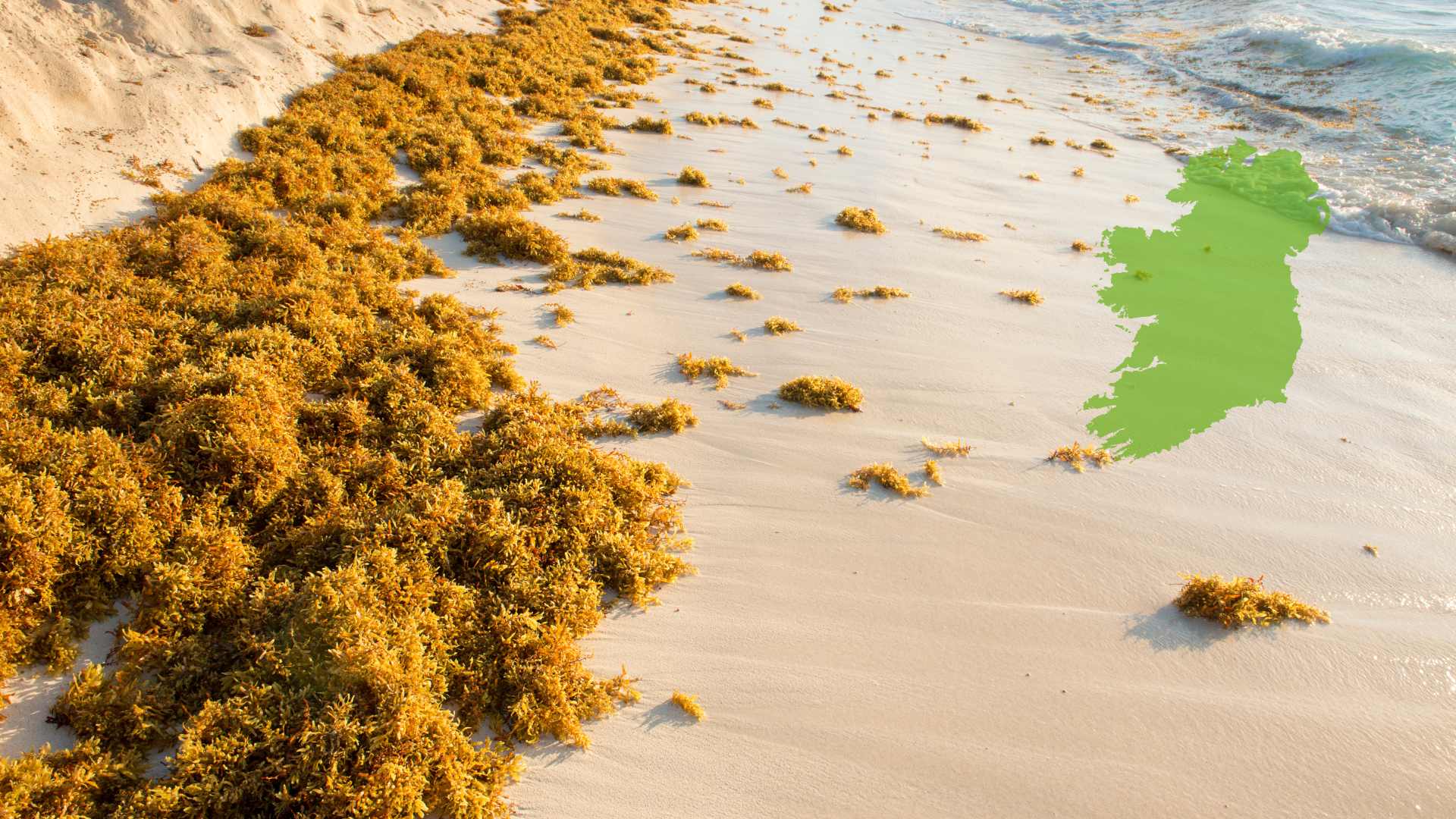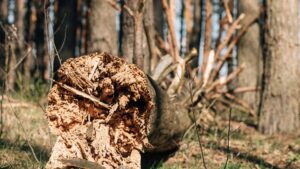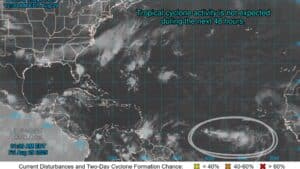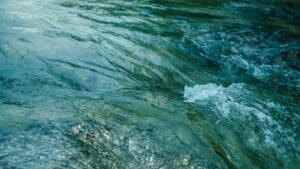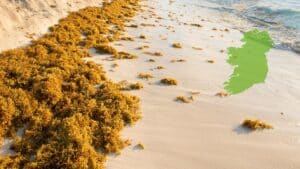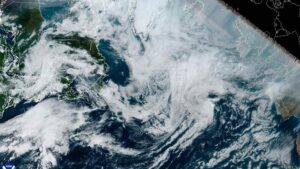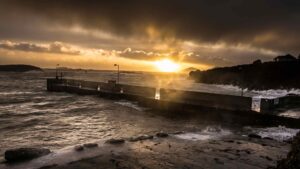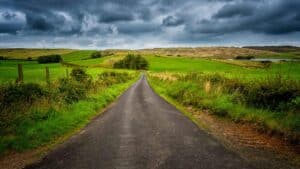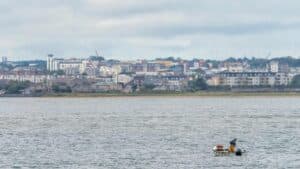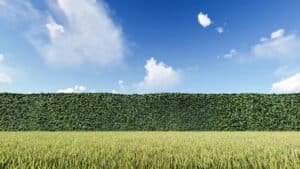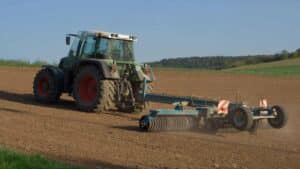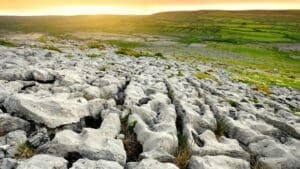
Rally held at Lough Neagh as blue-green algae returns
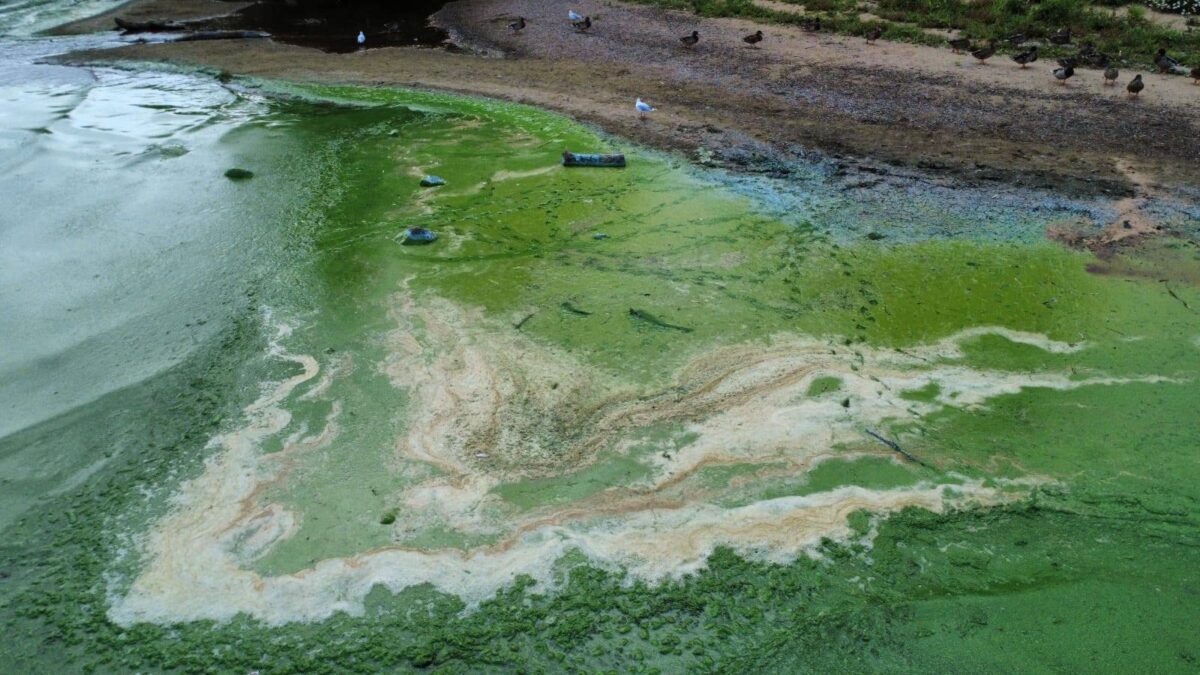
A rally was held on Monday afternoon on the shores of Lough Neagh in County Antrim as blue-green algae reappeared for the third consecutive summer.
The demonstration, organised by the Save Lough Neagh coalition, took place at the Finn McCool statue and drew local residents, swimmers and fishermen.
Protesters called for stronger protection of the lough, including fines for major polluters, an end to commercial sand dredging, and long-term protection for the natural environment.
The Save Lough Neagh group, a coalition of environmental activists, says pollution and extractive industries are placing the lough under severe strain.
Northern Ireland (NI Water) Water has warned that blue-green algae can appear both in the water column and along the shoreline, posing risks to human health and toxicity to animals. The utility has urged the public to exercise caution when visiting the lough during the summer months.
Raw water from Lough Neagh is drawn to supply treatment works at Dunore Point, Moyola and Castor Bay, which provide drinking water to about 40 per cent of Northern Ireland’s population, including households and businesses in Portadown, Antrim, parts of Belfast and parts of Newry.
NI Water said the treatment plants are designed to manage algae when present, using a multi-barrier system involving filters, activated carbon and chlorine. It stressed that water supplied to customers is safe to drink.
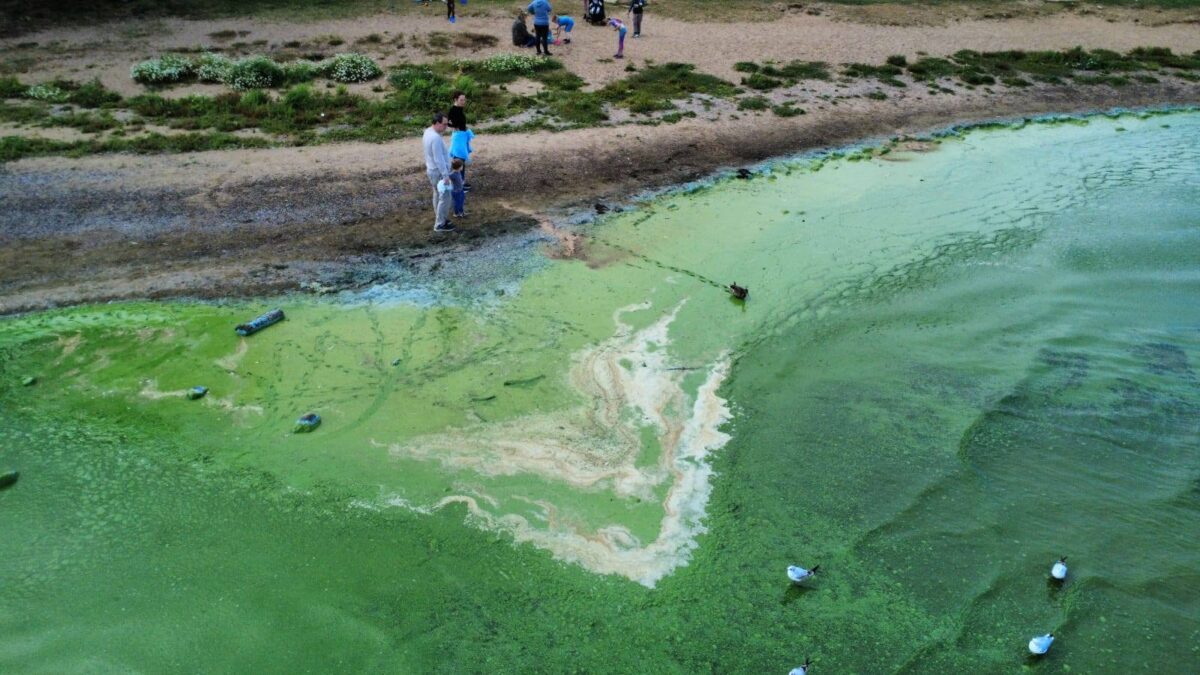
The Department of Agriculture, Environment and Rural Affairs (DAERA) said blue-green algal blooms have been recorded this year in rivers, lakes and along parts of the coastline.
The department said it is continuing to respond to reports across Northern Ireland and has introduced emergency planning measures. While the most serious impacts have been in Lough Neagh and the Lower Bann, blooms have also affected bathing waters on the north coast and lakes in Fermanagh.
The algae can disrupt fisheries and pose risks to recreational water users. The Food Standards Agency (FSA) has confirmed that fish from Lough Neagh remain safe to eat provided they are properly gutted and fillets are rinsed in clean water to remove any contamination.
